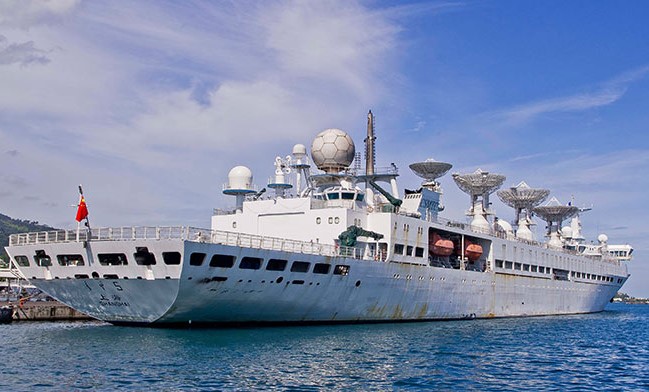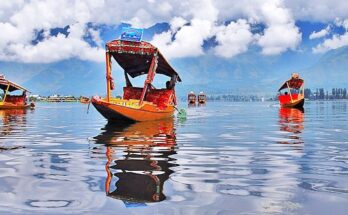
R Krishna Das
The Chinese vessel ‘Yuan Wang 5’ scheduled to berth at the Hambantota Port next week has put India on alert because its high technology.
The aerial reach of the ship is reported to be more than 750 km and can snoop on Indian nuclear power plants in Kalpakkam and Koodankulam located in coastal state of Tamil Nadu. The distance between India’s coast and Hambantota port is just 450 km.
According to defence experts, the ship can track ports in Kerala, Tamil Nadu, and Andhra Pradesh. As many as six South Indian ports will be under Chinese ship’s scanner. ‘Yuan Wang 5’ is the third-generation tracking ship of the Yuan Wang series, and entered service in 2007. Built by Jiangnan Shipyard, ‘Yuan Wang 5’ has a displacement of 25,000 tonnes and can withstand wind scales up to 12. Wang class is not a single class of identical design, but a group of different designs grouped under the same series that share one name.
“Yuan Wang 5” has a distinct role in missile and satellite tracking and its presence in India’s vicinity has serious implications for the country. ‘Its’ lethal capabilities compared to Chinese submarines that were docked at Colombo port in 2014 has made to considered as strong spy in sea.
Experts said the military and strategic implications of Chinese spy ship ‘Yuan Wang 5’ in the Indian Ocean Region (IOR) were manifold. The vessel visiting Sri Lanka for a week during August 11-17 will have major consequences for the Indian security architecture.
India, who scored over China to provide aid to crisis-ridden Sri Lanka, had expressed its concerns to the island nation. Besides, the security establishment at the highest levels are closely the development. China looked the other way when Sri Lanka needed help and it was India that came out for its rescue. Now, China is trying to provoke India using Sri Lankan soil.
However, Sri Lanka does not have much role to play. Located in the hometown of the ousted yet influential Rajapaksa family, the Hambantota port was built largely using loans from China and it has a major say in the Port area while much of its activities remain a secret. Sri Lanka formally handed over commercial activities at its main southern port to China Merchant Port Holdings in 2017, on a 99-year lease, after struggling to repay its debt.
The possibility of over potential use of the port by China for military purposes cannot be ruled out.



